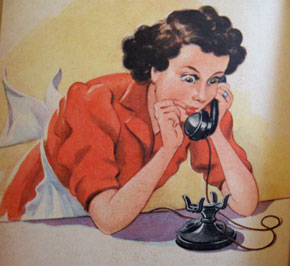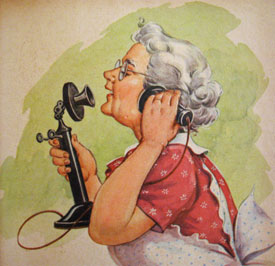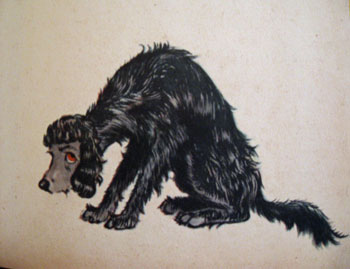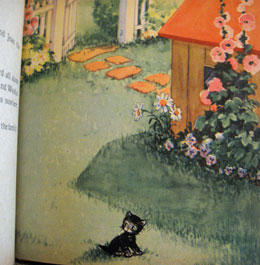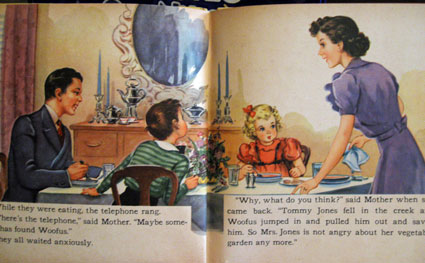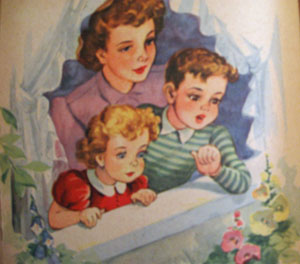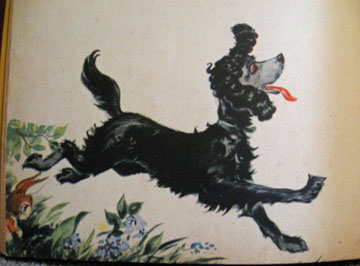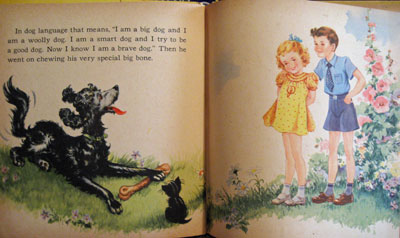As a father, Ron Schwoyer was frustrated with his inability to connect with his autistic son: “I would point out something beautiful, neat, funny, or whatever, and Kevin would often react in a contrary or negative way. Almost like he was closing himself off from the world.” He worried that Kevin, the oldest of three children, was “missing the good things in life.” But all this changed, thanks to a painting and a vision.
Ron, 45, of Richboro, Pennsylvania, described Kevin’s painting titled “Why Does My Head Feel This Way?” as “a Van Gogh-ish depiction of what he felt like. In a way, it was unsettling to me, with swirling dark colors … almost like an angry-looking storm cloud.” The painting was a revelation.
For Ron’s wife, Robin, the painting offered a way to connect. She related, “In 2005, I started having ‘flashes’ and visions of me riding around in a blue van covered with colorful puzzle pieces and doing art shows.” When she met Svetlana Gradess that summer, Robin shared her vision of doing art with Autism Spectrum children . Gradess, who loves children and artwork, felt called to help. HeARTS for Autism was born.
HeARTS for Autism , Ron said, differs from other programs for ASD children, because each event offers activities for the ASD person, the siblings, and the parents. The program has branched into other areas, such as dance, movement, and yoga .
Ron is essential to the program’s success. During the initial flurry of activity, Robin said, “Ron would joke that if you stood still in our house for more than a few seconds, you got painted and turned into an art display.” When they began the family programs, Robin was constantly busy with phone calls and emails. Ron helped with the kids as she tended to the needs of other families. His work as an engineer made it possible for her to volunteer.
Gradess added that Ron does everything from volunteering with the kids during monthly events to hauling needed supplies. She said, “He has a wonderful, peaceful, and grounding presence.”
In addition to his job and volunteer work, Ron plays in a Beatles cover band , Shabby Road. He said that he “Forrest Gump”-ed his way into the band, practicing on drums in the studio when they showed up to rehearse. They mentioned they were looking for a bassist and had a bass handy. So, he jammed with them and was asked to join.
Life is very busy for Ron, now that the kids have moved out of diapers and into recitals, concerts, and softball games. “It’s great to be part of this, watching them grow, watching them playing violin or cello with their school orchestra.”
He’s a different sort of father from his dad, who worked shift work : “I was ‘in sync’ with him only about once every three weeks. Thankfully, I am home every night. I am fortunate to be present and to help them with homework (sometimes I feel so smart ), helping them get through a difficult musical passage, going ice skating, or getting a big hug after a long day.”
Thanks to HeARTS for Autism , he’s finally managed to connect with their eldest son. Ron said, “Happily, Kevin in the last few years has matured into a curious, scholarly person. I had been concerned that he would never know who I was.”
Alyce Wilson is a Philadelphia-area mother who writes about people and events in Greater Philadelphia.
Originally published on June 10, 2011 on the Yahoo! Contributor Network

